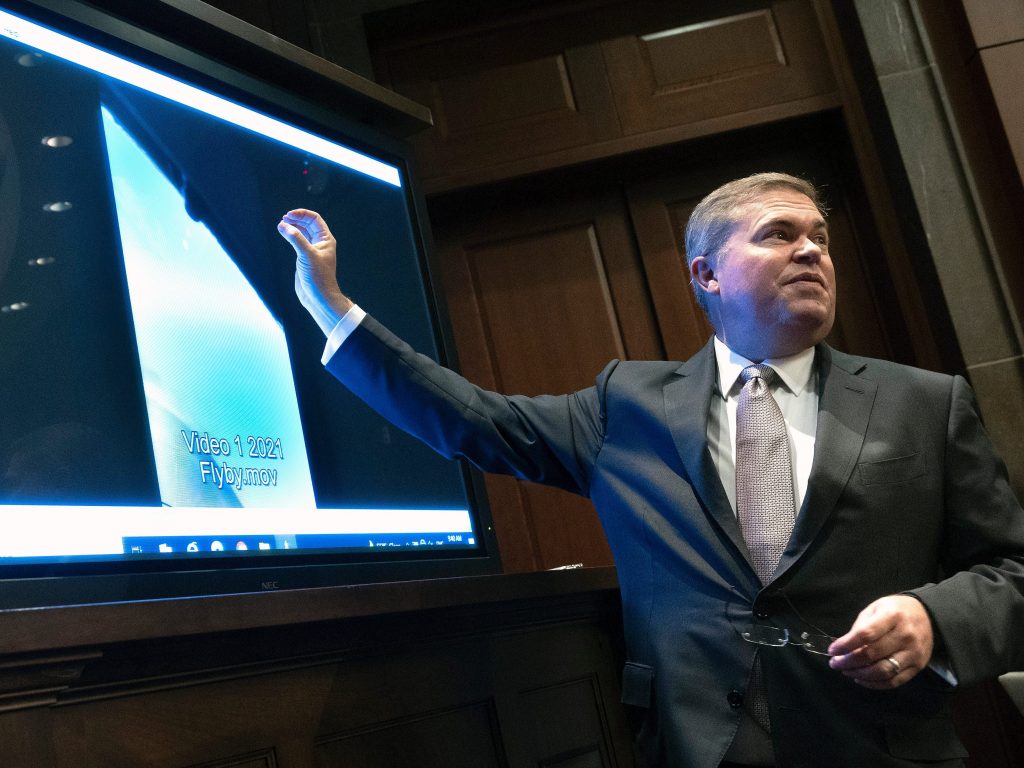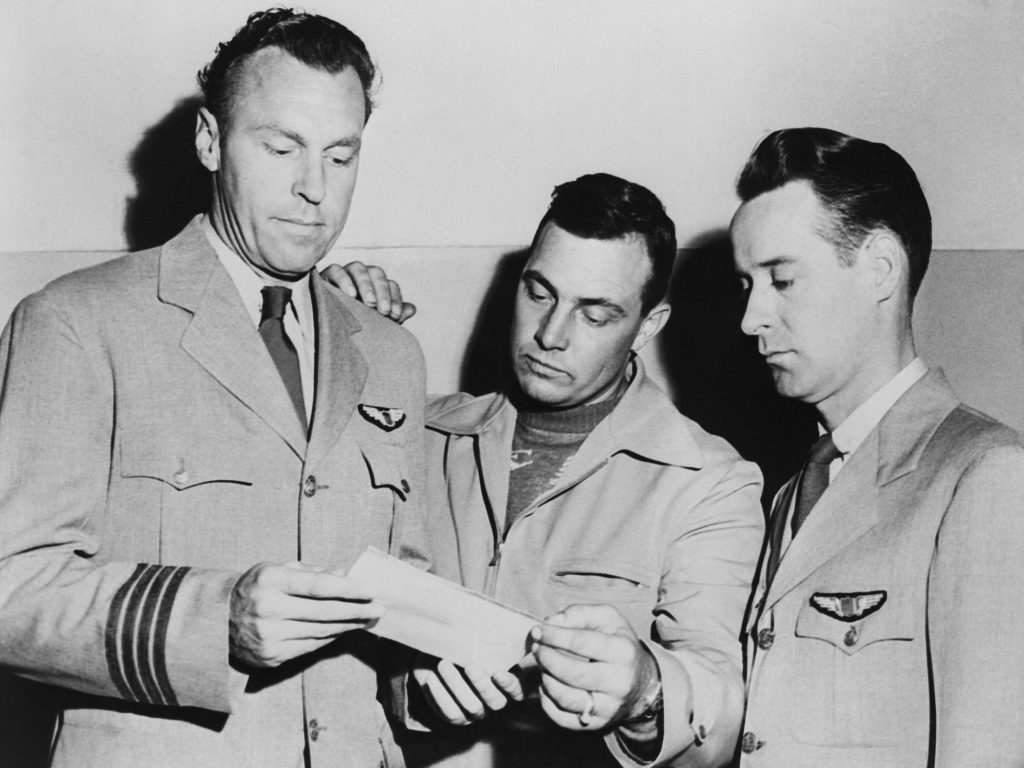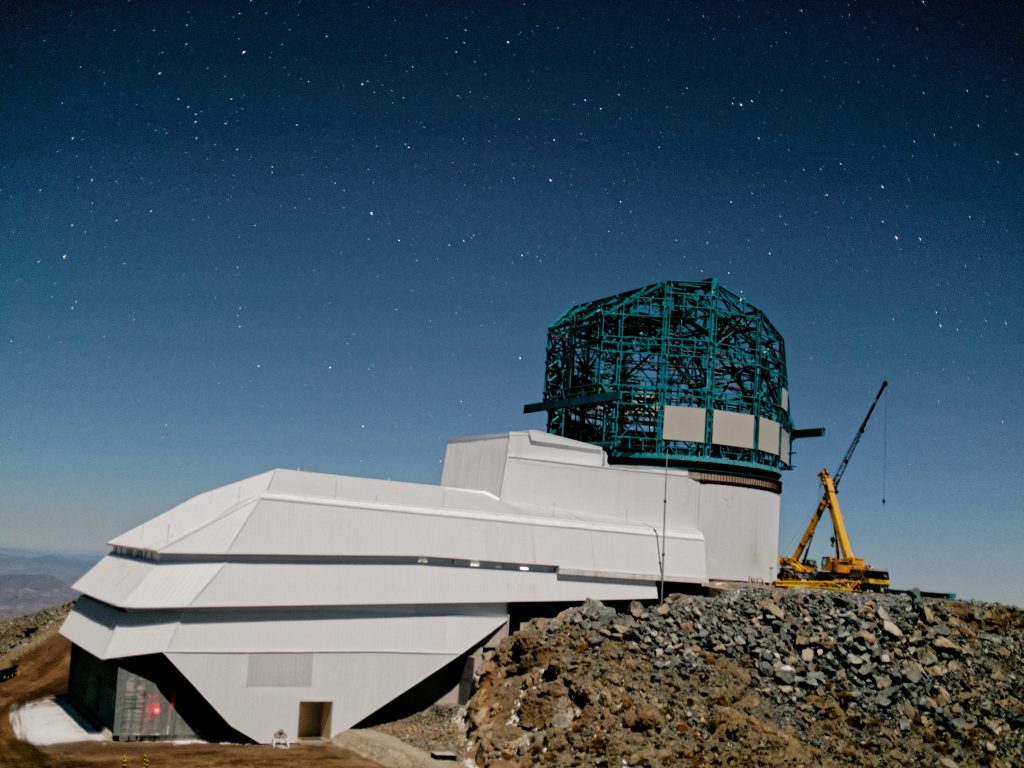- Congress held a public hearing on unidentified aerial phenomena, better known as UFOs, for the first time in 50 years.
- Some researchers say scientific instruments — not just the intelligence community — should study these objects.
- A growing number of private research groups are focused on detecting unidentified flying objects.
Congress held an open congressional hearing on Tuesday on unidentified aerial phenomena, or UAPs — better known as unidentified flying objects — for the first time in five decades.
The hearing, held before a US House Intelligence subcommittee, included testimony from defense officials following a nine-page report released last year, which investigated more than 140 instances of strange sightings by fighter aircraft instruments and pilots. Officials were only able to explain one of the incidents — a large, deflated balloon.
Rep. Andre Carson, a Democrat from Indiana and chairman of the subcommittee, said at the start of the hearing that UAPs "are a potential national security threat, and they need to be treated that way."

Unexplained objects have fascinated and puzzled people for decades, but studying them has often been dismissed as pseudoscience or tabloid fodder. As these mystery sightings reenter the mainstream, however, some researchers say they need to be investigated by scientists, not just the intelligence community, in order to find answers.
Beyond tin foil hats
Last year's report confirmed the existence of unexplained aerial phenomenon, but prompted more questions than answers, Jacob Haqq-Misra, a research scientist at the Blue Marble Space Institute of Science, a non-profit that promotes space exploration, told Insider.
Some science experts theorize that these mystery objects could be anything from drones to weather-related phenomena to artifacts to sensor glitches — or even the handiwork of aliens. But the report did not include enough data to conclusively make that determination.
Since UAPs have long inspired conspiracy theories, researchers like Haqq-Misra believe the government should give scientists more access to data and allow inquiries to happen in the open, rather than behind closed doors.
Tuesday's public hearing was followed by a closed session, which scientists like Haqq-Misra expect will have the information they really want: "We really need transparency and new data if we want to solve this problem," he said.
The report included first-person accounts, which have the potential for human error. Haqq-Misra said UAPs should be studied with satellites, fast-tracking cameras, or audio sensors at locations where the unusual signals have been spotted: "What we need is to collect data in a systematic way — stare at this whole sky in many locations for long periods of time, and with many different instruments, and see how many things, if any, show up that you can't identify."
For decades, it's also been a taboo subject for scientists and dismissed as pseudoscience. Government officials even rebranded UFOs as unidentified aerial phenomena, in part, to avoid the stigma attached to claims of alien visitors. Researchers hope a scientific pursuit for answers, and more transparency, could help overcome that stigma, according to Ravi Kopparapu, a planetary scientist at NASA's Goddard Space Flight Center.
"There is a process to understand unknown phenomena," Kopparapu told Insider. "We should not jump to conclusions one way or another, about either dismissal or jumping to some exotic explanation."
From the fringes to serious science

Kopparapu said that there are a growing number of privately funded research groups focused on the systematic study of unidentified aerial phenomena, such as Harvard's Galileo Project and UAPx, a research non-profit. (The Galileo Project is helmed by Avi Loeb, a prominent and controversial astronomy professor, who has been criticized for including outspoken UFO proponents, without science backgrounds, on the project.)
"I think this is a great opportunity for scientists to show the public how a scientific investigation can be done of something that is unknown," Kopparapu told Insider.
NASA does not actively search for UAPs, according to the agency's website. "If we learn of UAPs, it would open up the door to new science questions to explore," according to NASA. "Atmospheric scientists, aerospace experts, and other scientists could all contribute to understanding the nature of the phenomenon. Exploring the unknown in space is at the heart of who we are."
In the meantime, the Galileo Project is designing software to screen data coming from large telescopes for interstellar objects, and developing a network of sky cameras searching for signs of alien life. This spring, the team plans to install the first of hundreds of cameras — which capture both infrared and visible light — and audio sensors on the roof of Harvard College Observatory, to record everything that moves through the sky, 24 hours a day.
"We are moving away from a time where we were just thinking about them as some sort of tabloid news," Kopparapu said, adding, "These objects exist. And if we want to understand them, we need to use the same technologies and scientific instruments that we use to study our everyday world around us."
Sightings of unexplained objects in the sky have long captured human imagination and raised questions about national security and even potential alien life. But these questions will remain unanswered if they're not subjected to rigorous scientific inquiry, researchers say.
"I think it's significant that branches of the military are acknowledging that there's a thing that's supposed to be in their jurisdiction that they don't understand," Haqq-Misra told Insider. "If they're willing to do that, I think then it really, truly is a puzzle and we've got to figure out what this is."
Kopparapu seemed to agree: "Science should be the forefront in understanding this unknown phenomena," he said, adding, "I hope there is more interest from scientists and I'm eager to see what's going to happen in the next couple of weeks with all this news."
Dit artikel is oorspronkelijk verschenen op z24.nl
